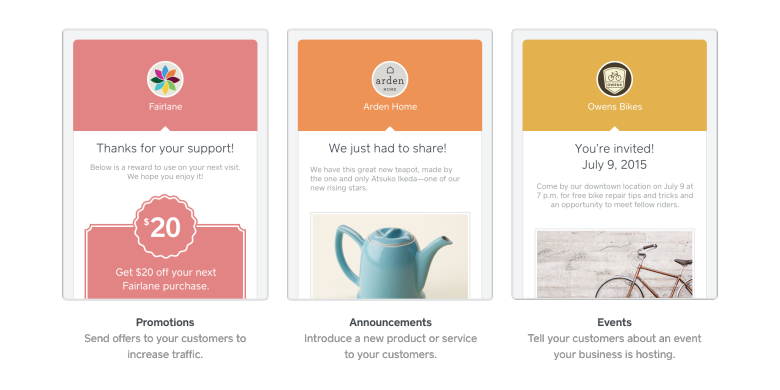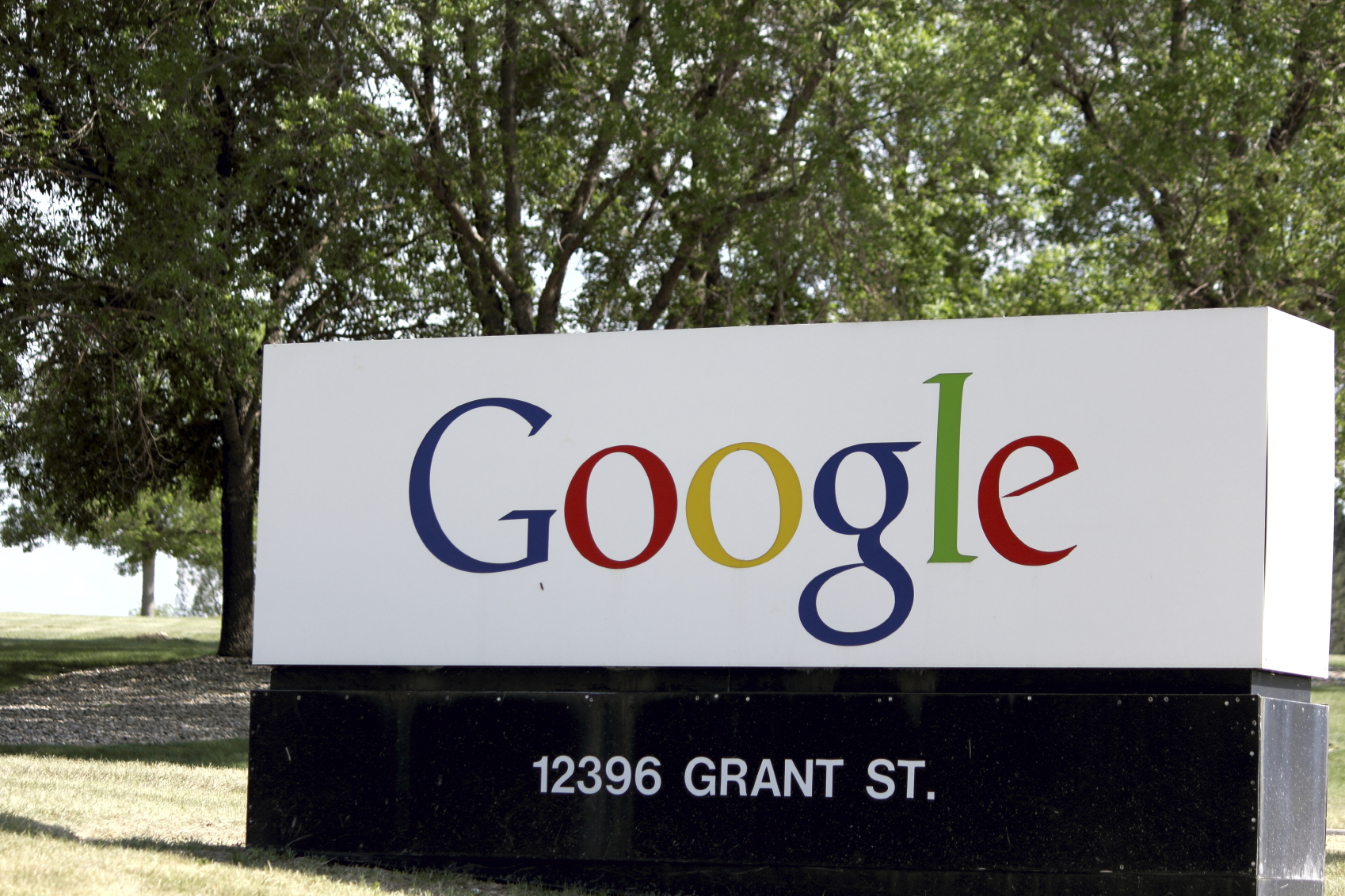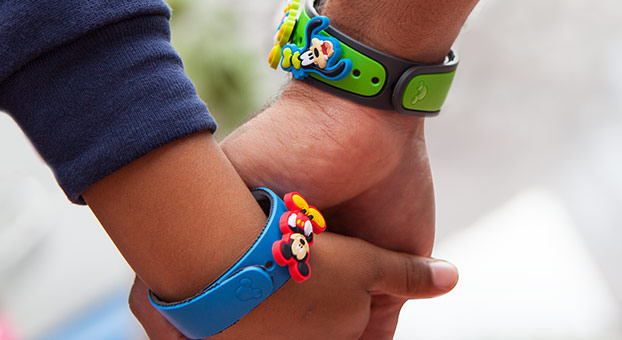Aside from a certain Austin-based media fest last week, the annual TED 2015 conference also took place, spotlighting some of the most innovative ideas in Technology, Entertainment, and Design. There’s no need to go through all 12 sessions featured this year, because we’ve got all the relevant highlights right here.
The Future of Artificial Intelligence
Fei-Fei Li, director of Stanford’s Artificial Intelligence Lab and Vision Lab, has spent fifteen years working on a key component of machine learning—visual recognition. She presented one of the first computer vision models capable of generating a human-like sentence when it sees a picture for the first time.
Similarly, Oren Etzioni of the Allen Institute has worked in artificial intelligence for 20 years and is a firm believer in the fundamental difference between intelligence and autonomy. “AI won’t exterminate us,” he claimed, but will instead empower us to tackle real problems and help humanity.
The Necessity of Driverless Cars
Every year, 1.2 million people are killed on roads, and Chris Urmson, Director of Self-Driving Cars at Google[x], firmly believes that self-driving cars are the right approach to eliminate car accidents. He demonstrated how Google’s driverless cars handles all types of situations, from a turning truck to jaywalkers, with simulations that break a road down to a series of lines, boxes, and dots.
The Beauty of Big Data
With the help of some elegant visualizations, data artist Manuel Lima explored how the changing visual language reflects and shapes our understanding of the world. From radial convergence to arc diagrams, he believes that “growing visual taxonomy” can help us analyze complex systems of knowledge, social ties, species and ecosystems.
The Internet of Moving Things
Shiva Shivakumar, founder of Urban Engines, proposed a new take on the Internet of Things—the Internet of Moving Things, namely the network of any device, app, or software that tracks movement throughout space. By aggregating and analyzing cloud data from this IoMT, he created interactive models that visualize patterns of movement within cities that could vastly improve urban planning and transportation.










